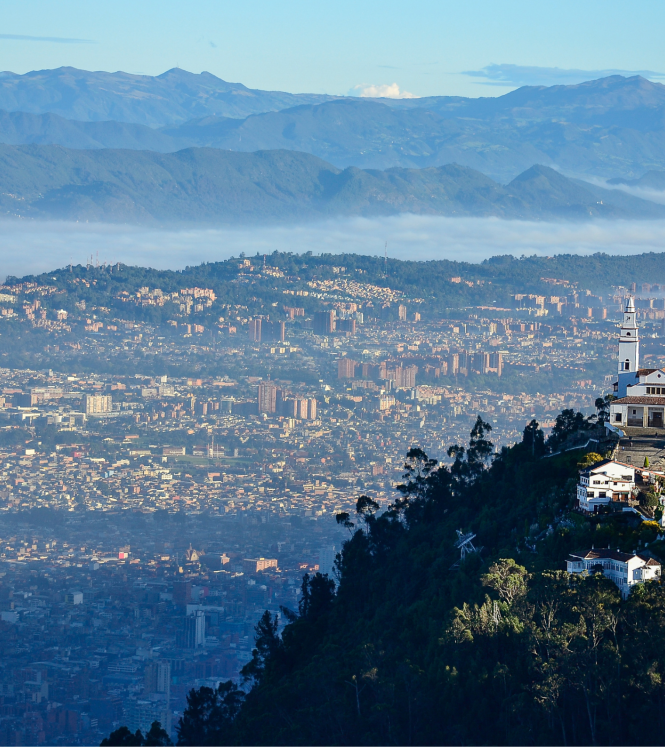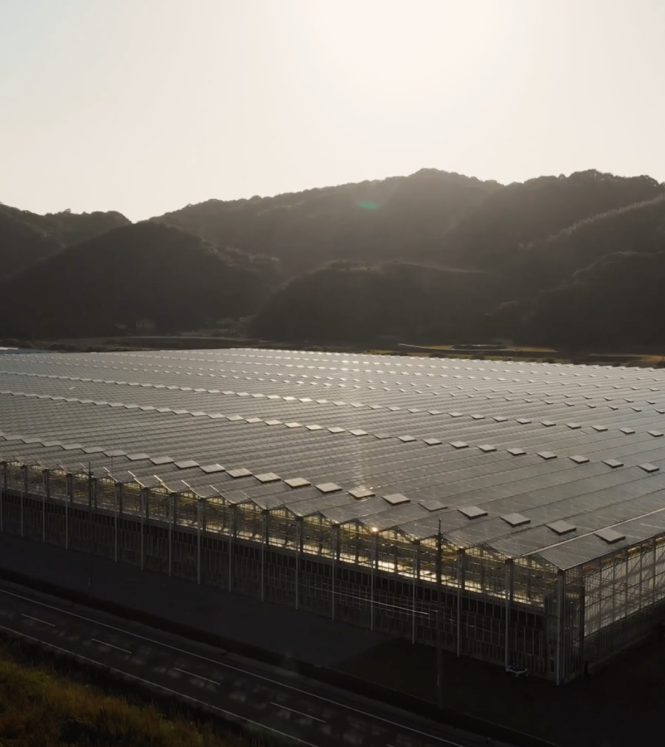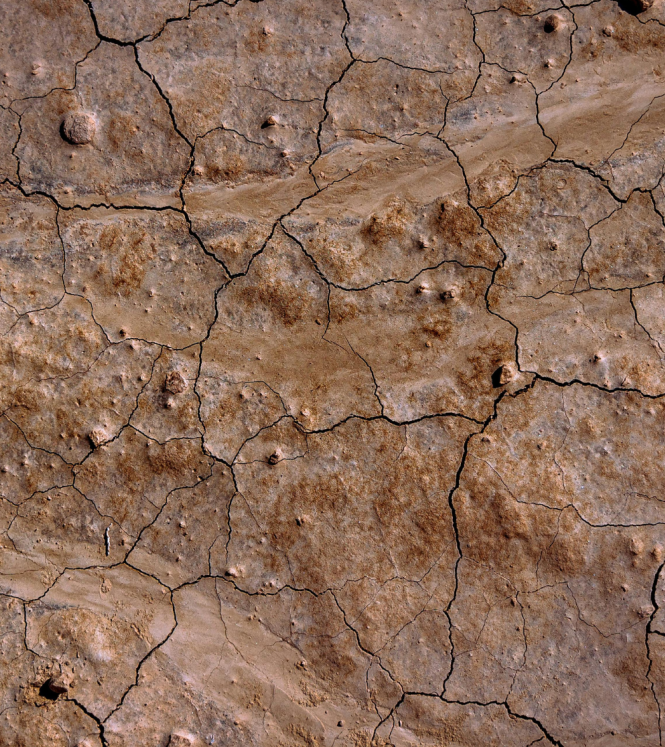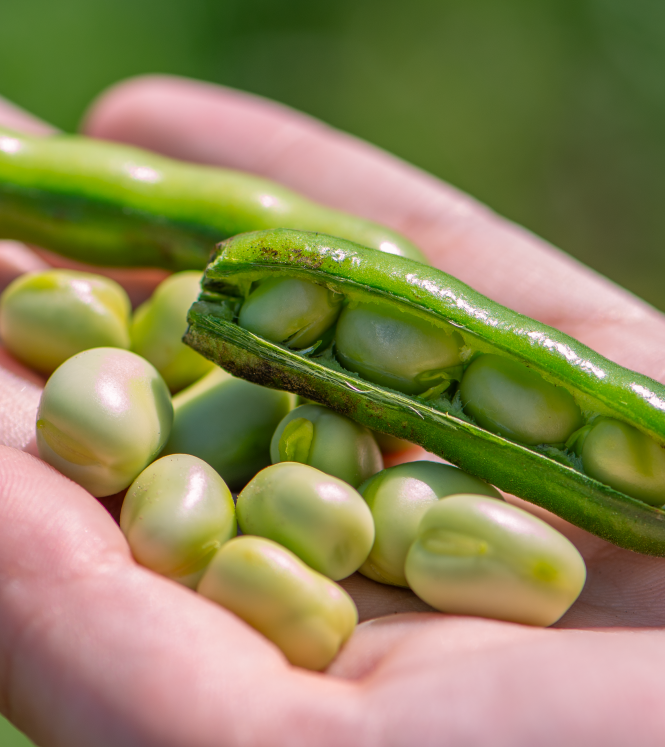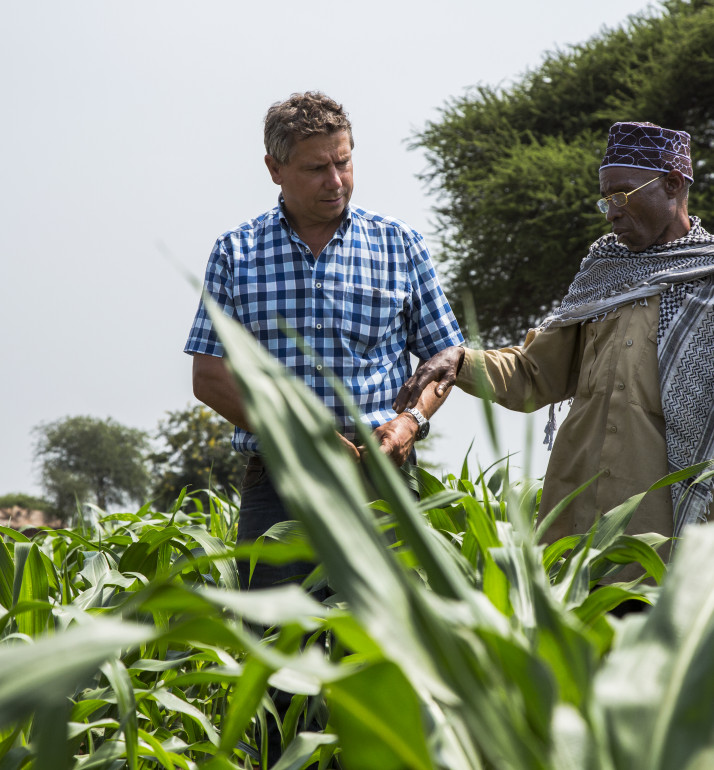
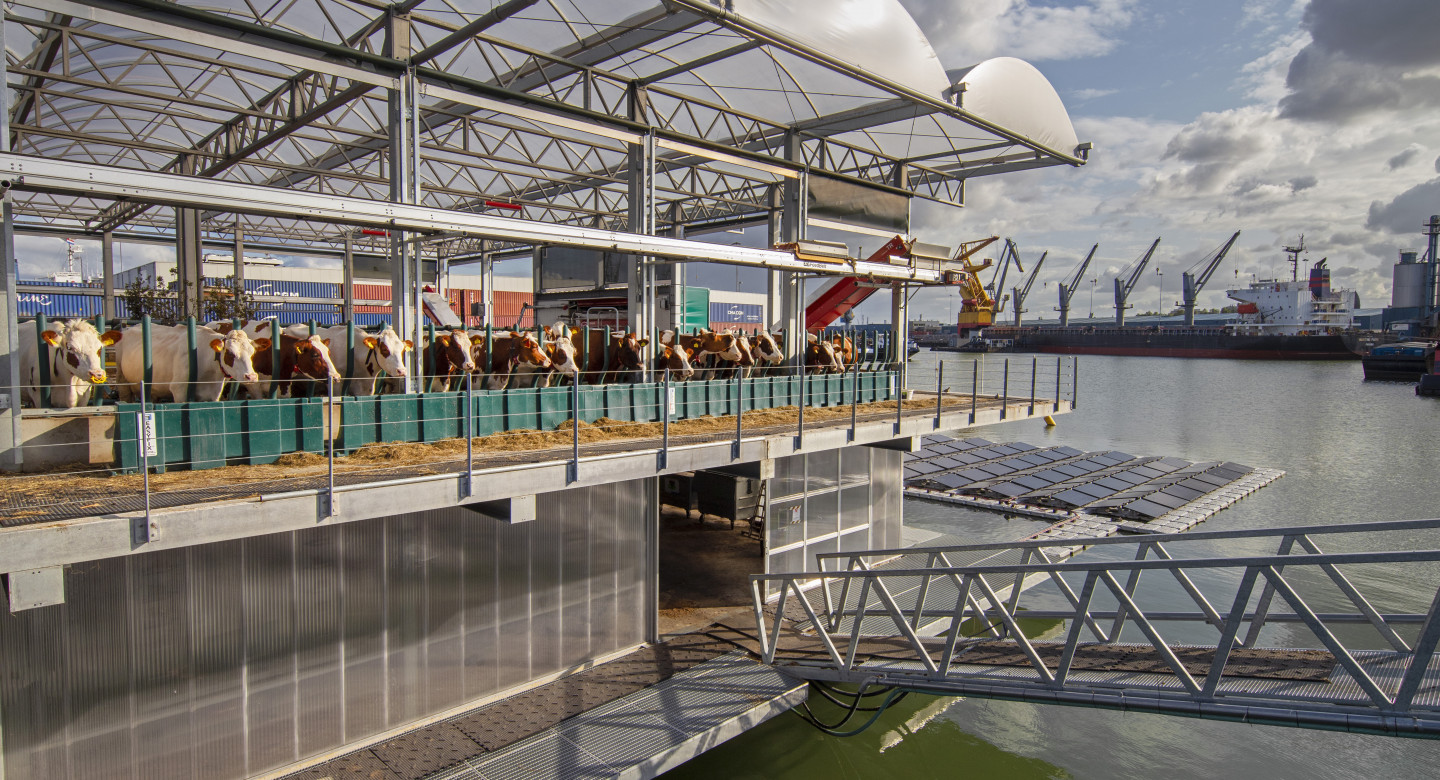
Glocal solutions for livestock farming
We eat more meat and fish than ever. This is partly a result of population growth, but economic development also plays an important role. Animal protein consumption is growing fastest in low and middle-income countries, where incomes and expenditure on food are climbing correspondingly. How can we ensure that people around the world can still continue to eat meat and fish, without exceeding the carrying capacity of the planet? One solution could be glocal farming, as promoted by HubOrange at VIV Europe 2022.
Between 2021 and 2030, global meat consumption is projected to increase by a staggering 14 percent. Until 2029, fish consumption is expected to grow even faster, at over 16 percent. This comes with higher greenhouse-gas emissions. According to Science magazine, global emissions related to food production are expected to rise by as much as 60 percent by 2050. That’s why the Netherlands is not just dedicated to developing alternative protein sources, but also supporting countries around the world to grow more sustainable livestock and aquaculture sectors.
Sustainability and circularity in aquaculture and livestock farming
In the Netherlands, the government, research institutes and the private sector work together to future-proof aquaculture and livestock farming. In a small country where animals outnumber humans some 7:1, the sectors needs to be at their most innovative to do right by people, planet and animals. With new tools and data at our disposal, we constantly challenge ourselves to run even more efficient farms.
In the animal protein industry, as in all other agri-food industries, circularity and limiting food loss are key. Improved agrologistics go a long way to prevent food waste. However, on our way to becoming a zero-waste economy, we also increasingly bring local waste flows back into the production process, including in agriculture. Using unused or by-products as animal feed, for example. Or turning phosphorate recovered from wastewater into fertiliser. Alternatively, to feed the animals that feed us, we also experiment with alternative feed, such as insects or seaweed.
Central to everything we do is animal welfare. We create healthy living environments, where the chance of stress and disease are much lower. In climatised stables, sows can roam freely and enjoy social contact. The result? Happier animals and a significant decrease in antibiotics use. More animal-friendly housing can go hand in hand with lowering the environmental impact and cost of production. Innovative new technology and data allows farmers to run a profitable and animal-friendly farm while limiting emissions and pressure on scarce resources, such as water and energy.
The livestock and aquaculture sectors need to be at their most innovative to do right by people, planet and animals
Co-creating sustainable, circular food chains
Food security is high on the agenda of many governments. As an important part of people’s diets, animal protein is important to achieving this food security. The Netherlands works with other countries to implement local and regional circular food systems, because we believe working together is the way to create future-proof livestock, dairy and aquaculture chains.
In China, for example, we help improve local poultry and pork value chains. And in Argentina we joined hands with local pig farmers to supply the world with high-quality pork meat. Other poultry partnerships were also established with Tanzania, Indonesia, Ghana and the USA.
Although challenges differ from project to project, we connect the local and the global through cooperation. Whether we look at sustainable livestock farming in the Vietnamese deltas, creating recirculation aquaculture systems in Kenya or even using cow dung as a raw material for biobased building materials in India: sustainability, local sourcing and localised solutions are always central.
We connect the local and the global
From the global to the local
The COVID-19 pandemic and the subsequent interruption of global agro-food chains once again underlined how important it is to be food self-sufficient. New farming concepts - such as circular feed, local dairy delivery and monetising by-products - and the increased consumer attention for shorter chains, give a further impulse to localise and regionalise food production. At the same time, in today’s interconnected world the global is never far away.
Through its concept glocal farming Dutch co-creation network HubOrange! aims to complement global food chains by connecting the local and global. HubOrange’s Noud Janssen – a poultry farmer himself – believes this would not only improve local food security, but also help farmers reconnect with their customers. Promoting local concepts that could potentially be scaled anywhere in the world, HubOrange!’s partners research and co-develop circular chain concepts, such as Rotterdam’s floating farm.
Let’s meet at VIV Europe 2022
Between 31 May and 2 June, the global livestock and aquaculture sectors will gather in Utrecht, the Netherlands, for VIV Europe 2022. This will be a great opportunity to discuss how we can turn local into (g)local solutions and create a more sustainable animal protein sector together.
HubOrange! will be there to present glocal farming with a selection of 11 inspiring local and regional concepts, that each in their own way seek to reconnect food producer and consumer. Revolutionary pig farm ZonVarken, for example, offers an alternative for regular pig farming, while Circulair ei (‘circular egg’) focuses on developing circular egg chains. Other innovative partnerships showcased here include GRASSA!, which develops machines to upgrade green raw materials, a number of agri-food startups as well as innovative data companies, amongst others.
Intrigued and ready to mingle? Come meet the glocals at the NL meeting point at VIV Europe, organised by HubOranje!, VIV and topsector Agri & Food.
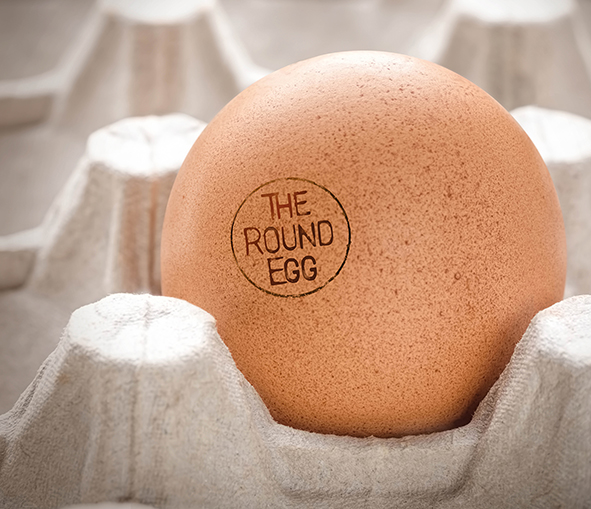
Cover photo: Frans Lemmens

